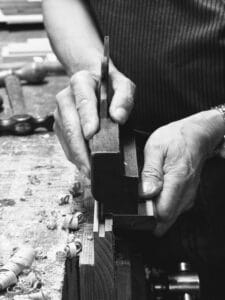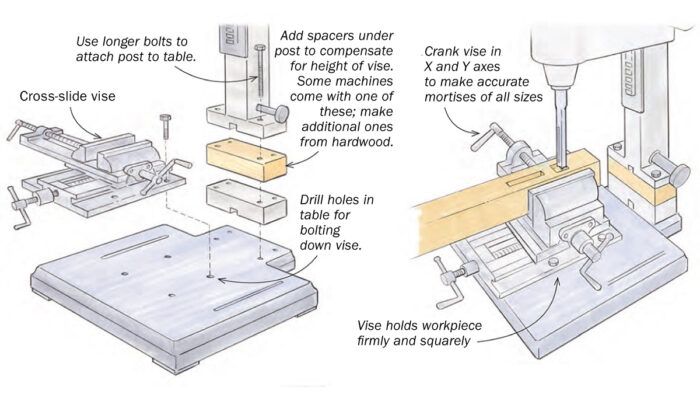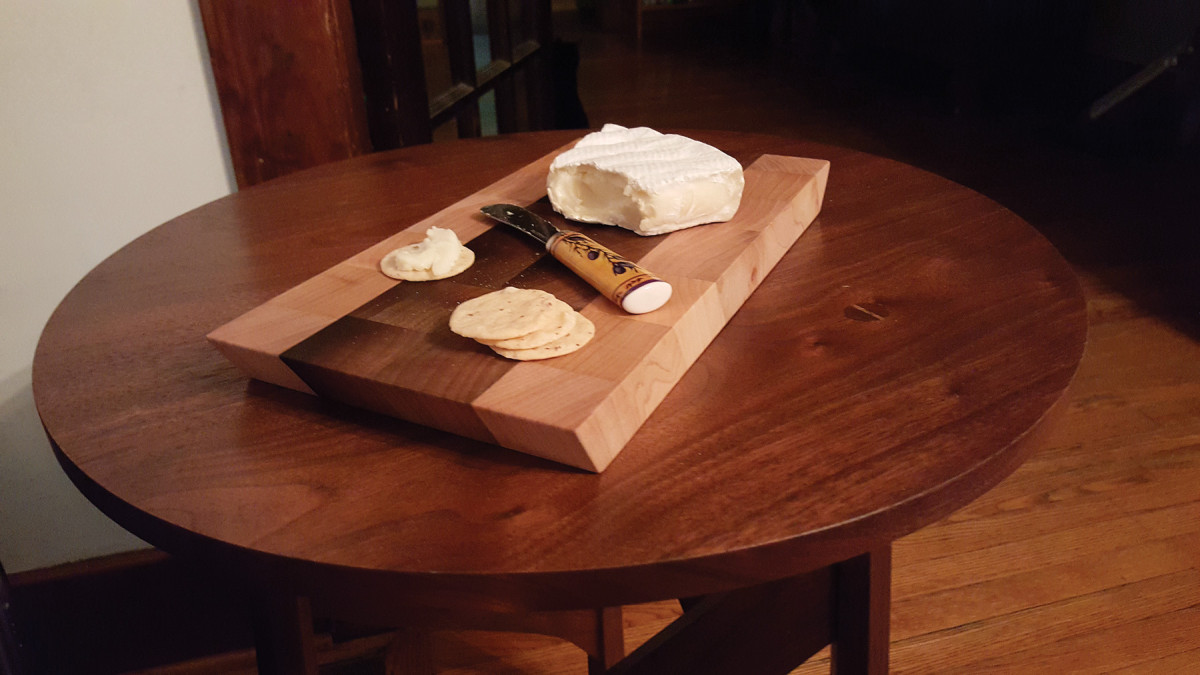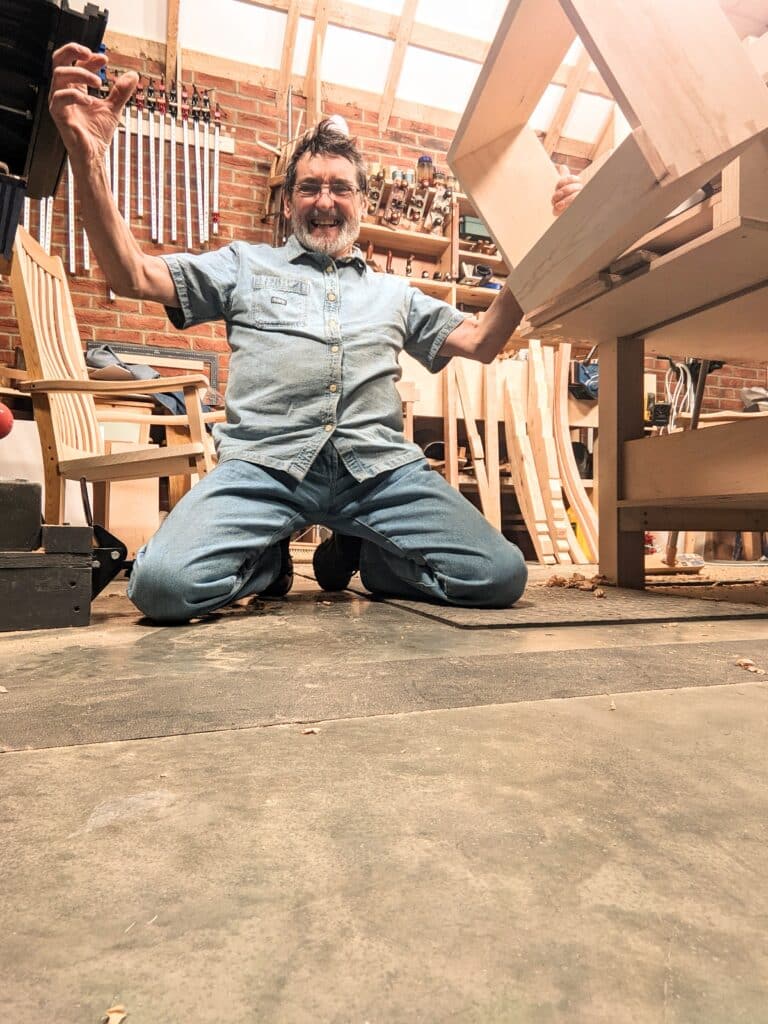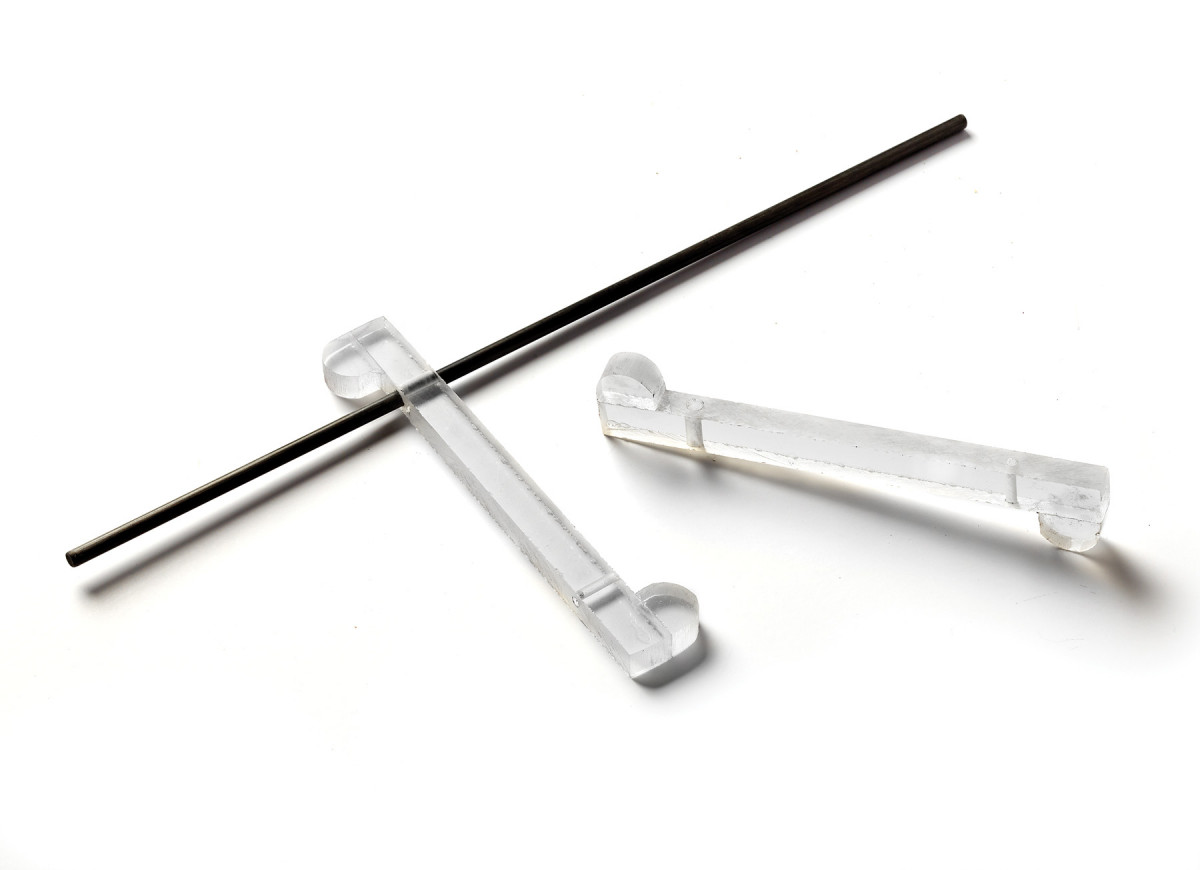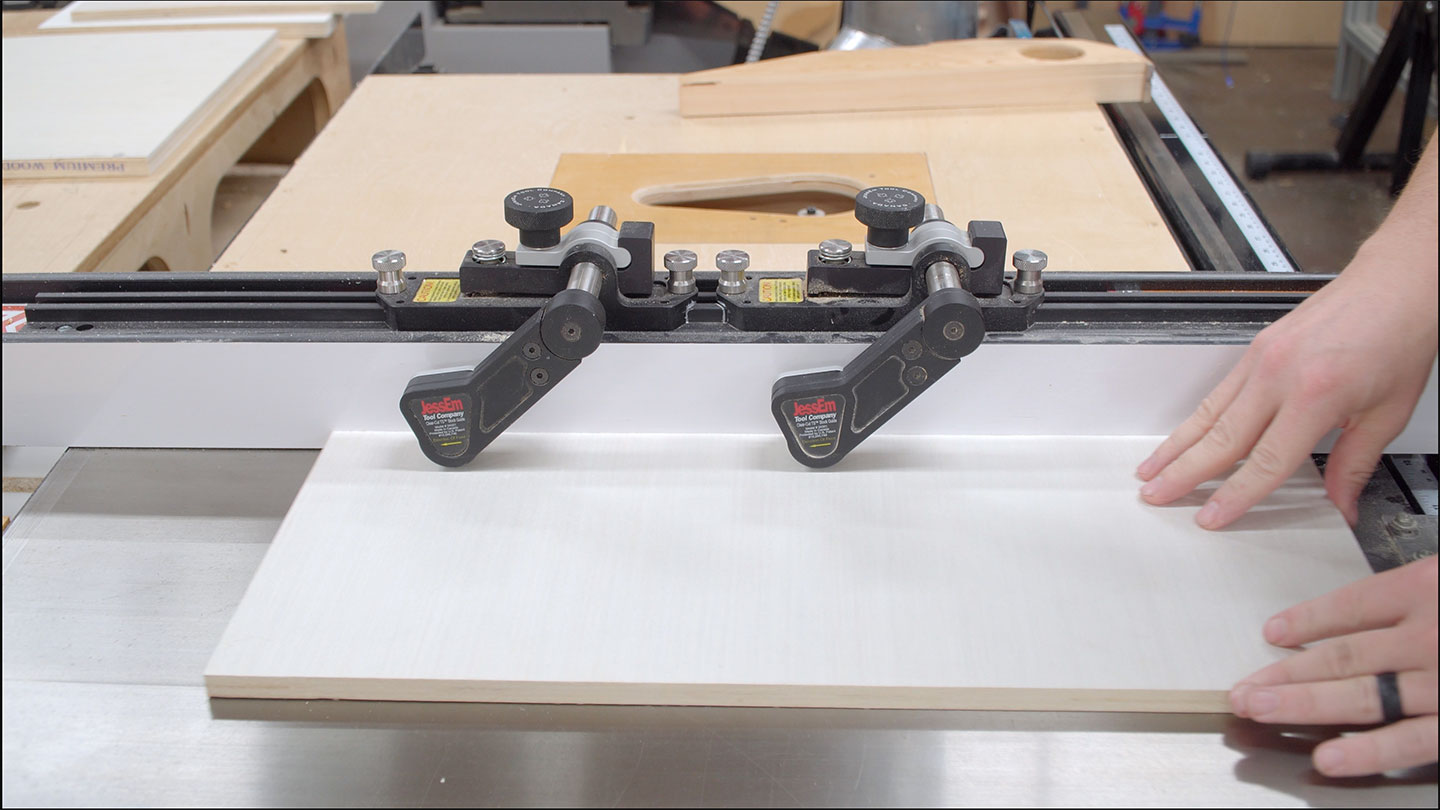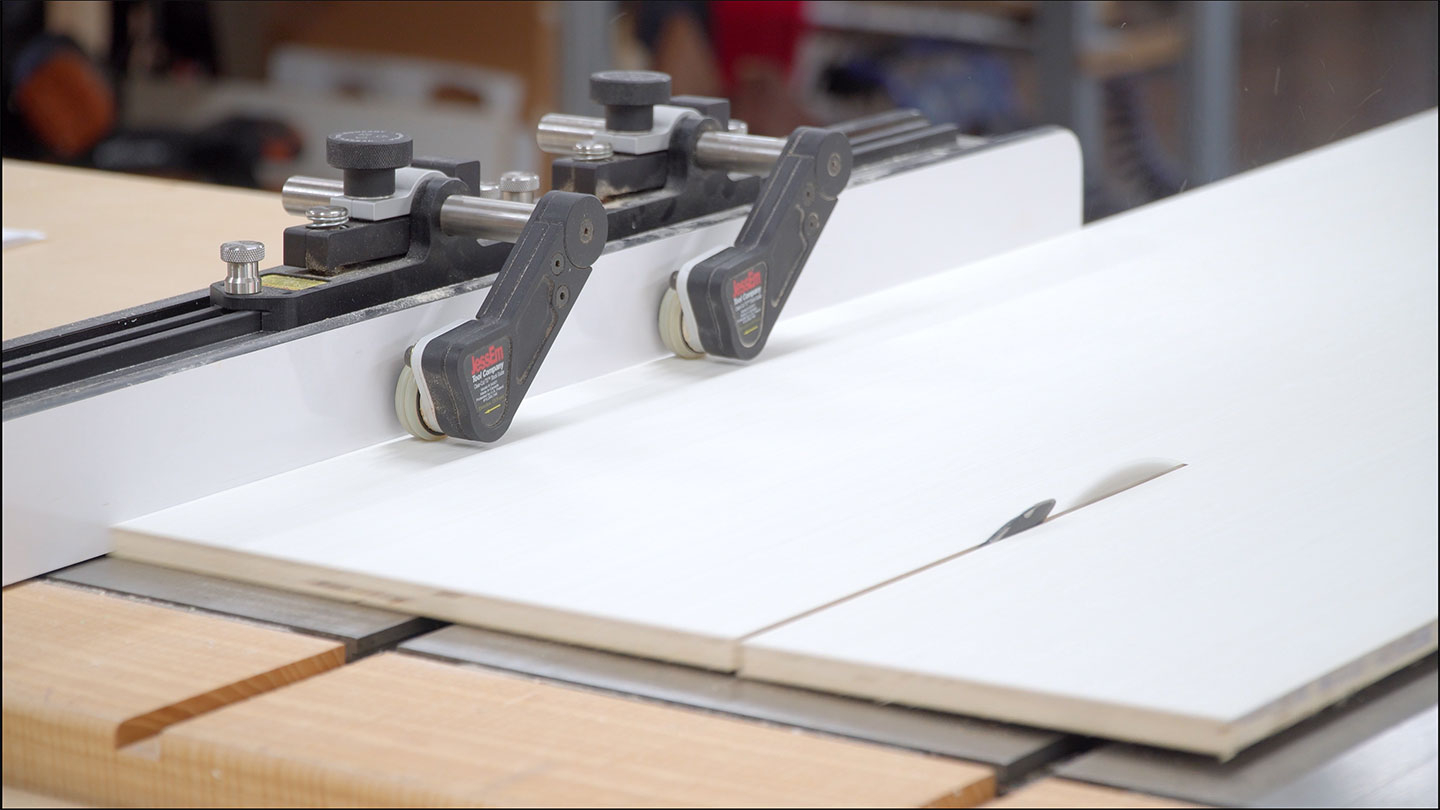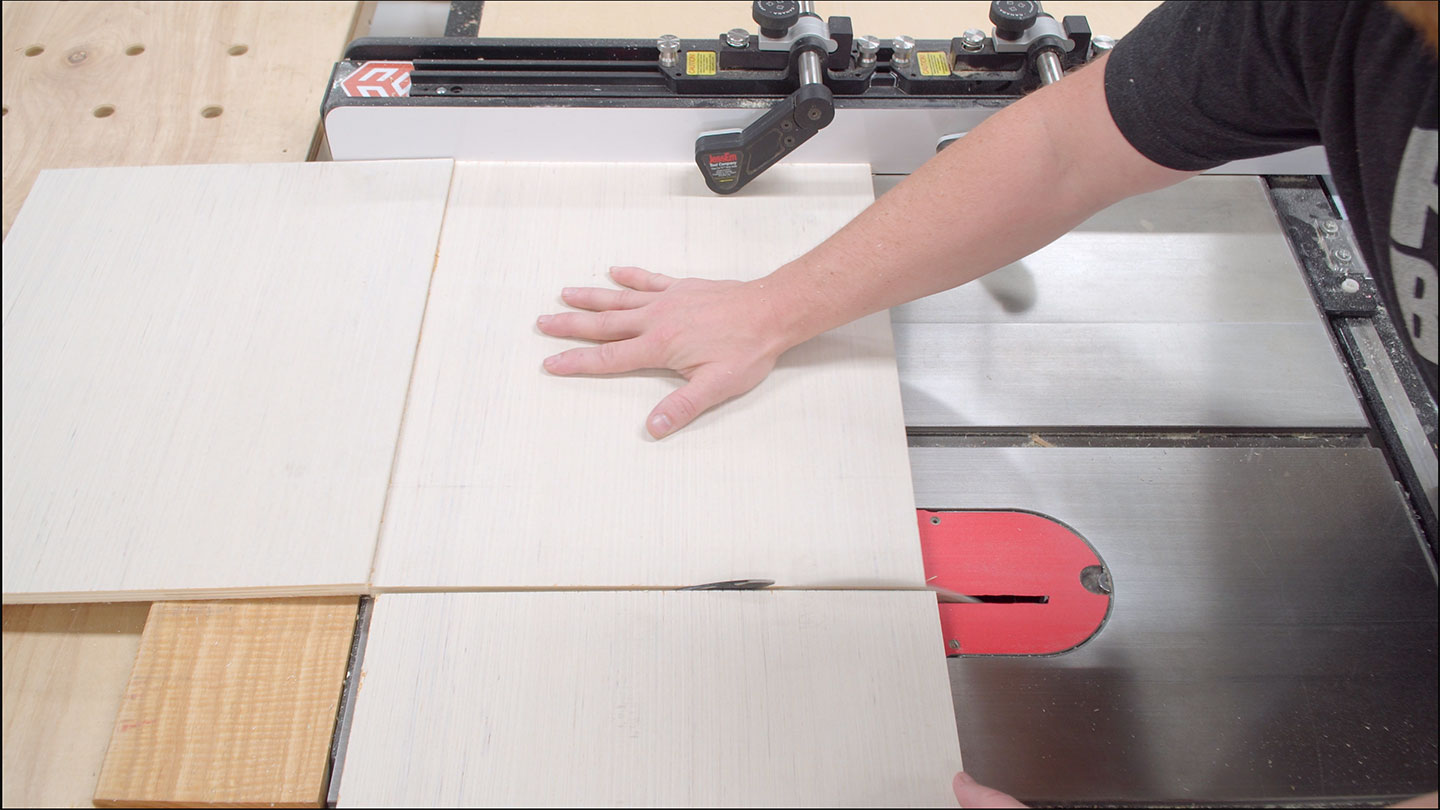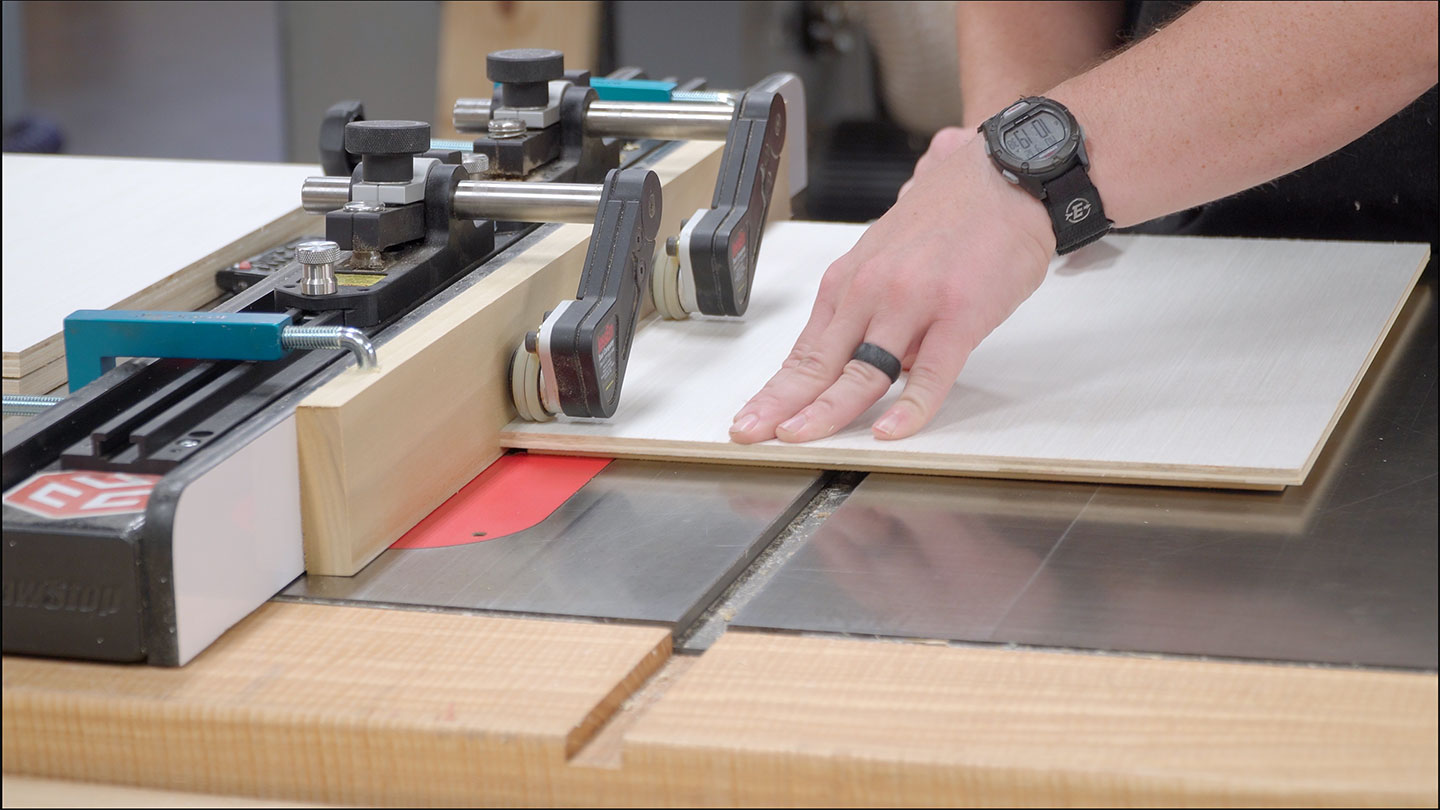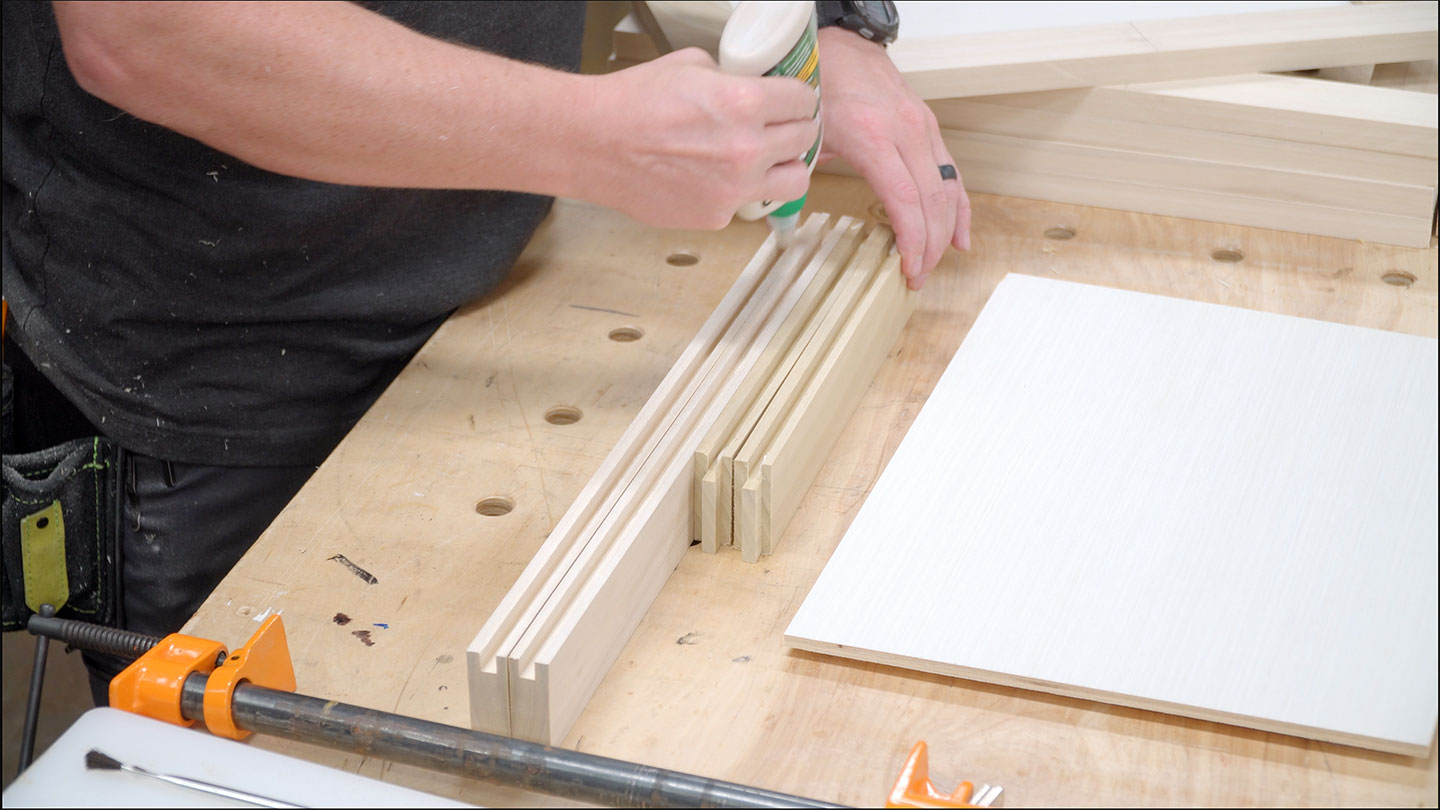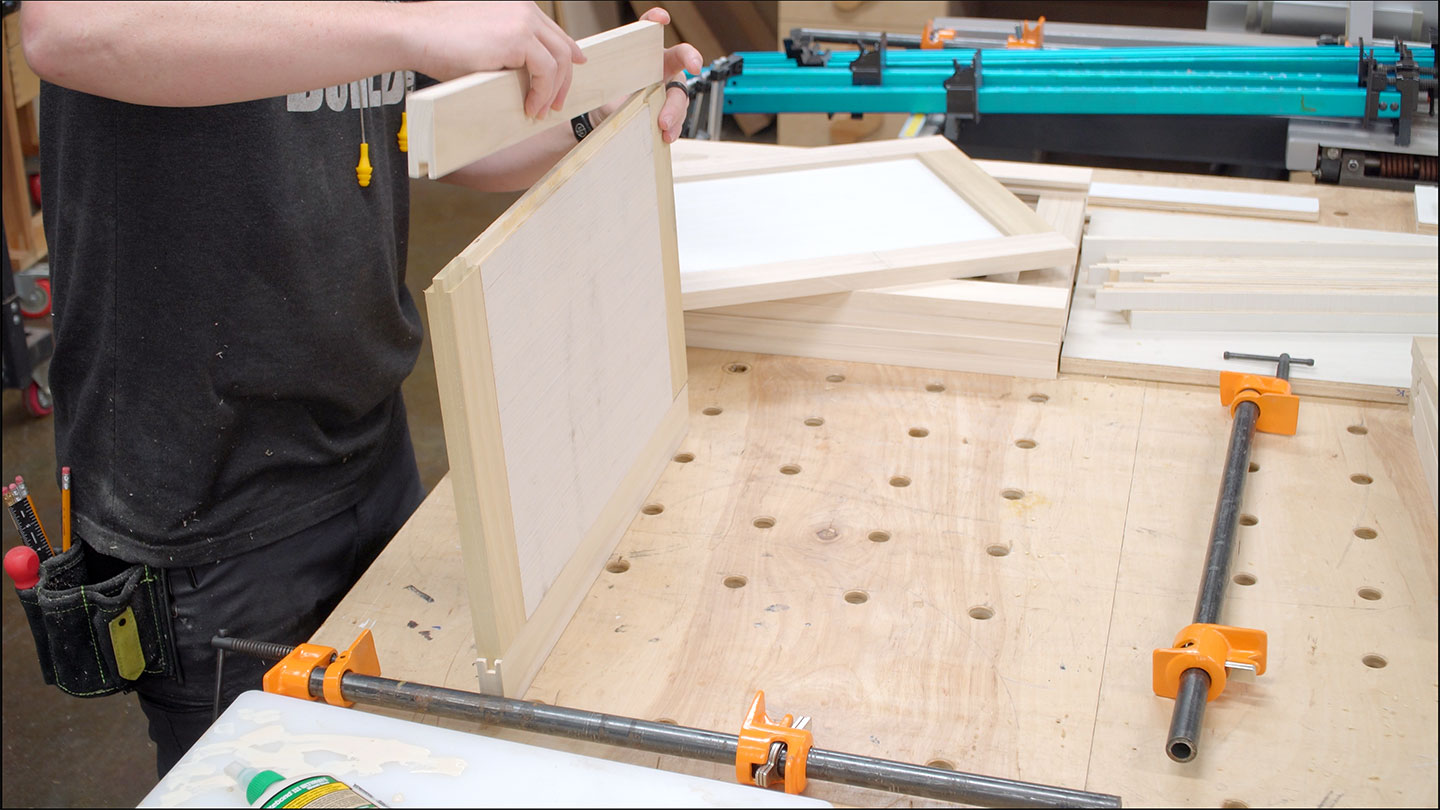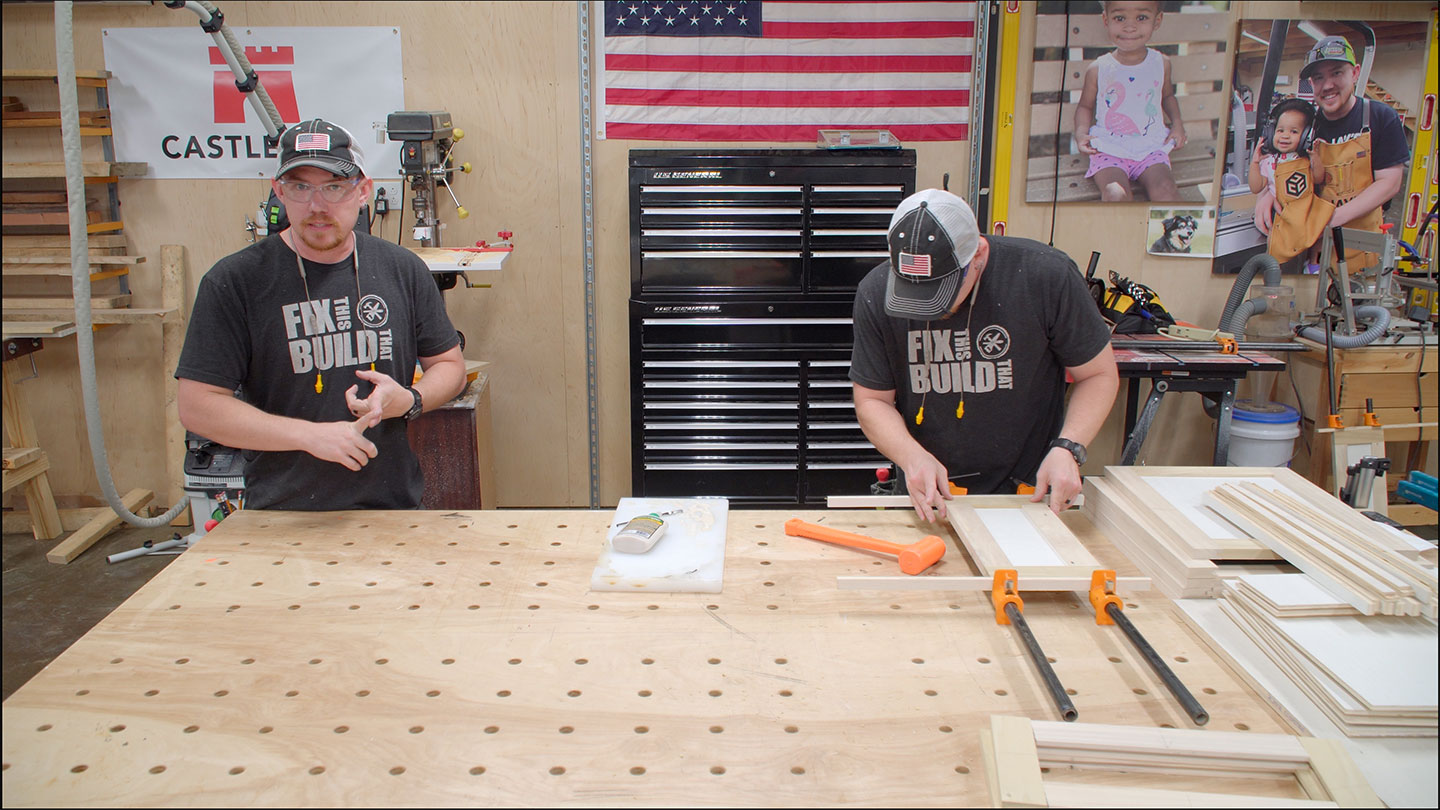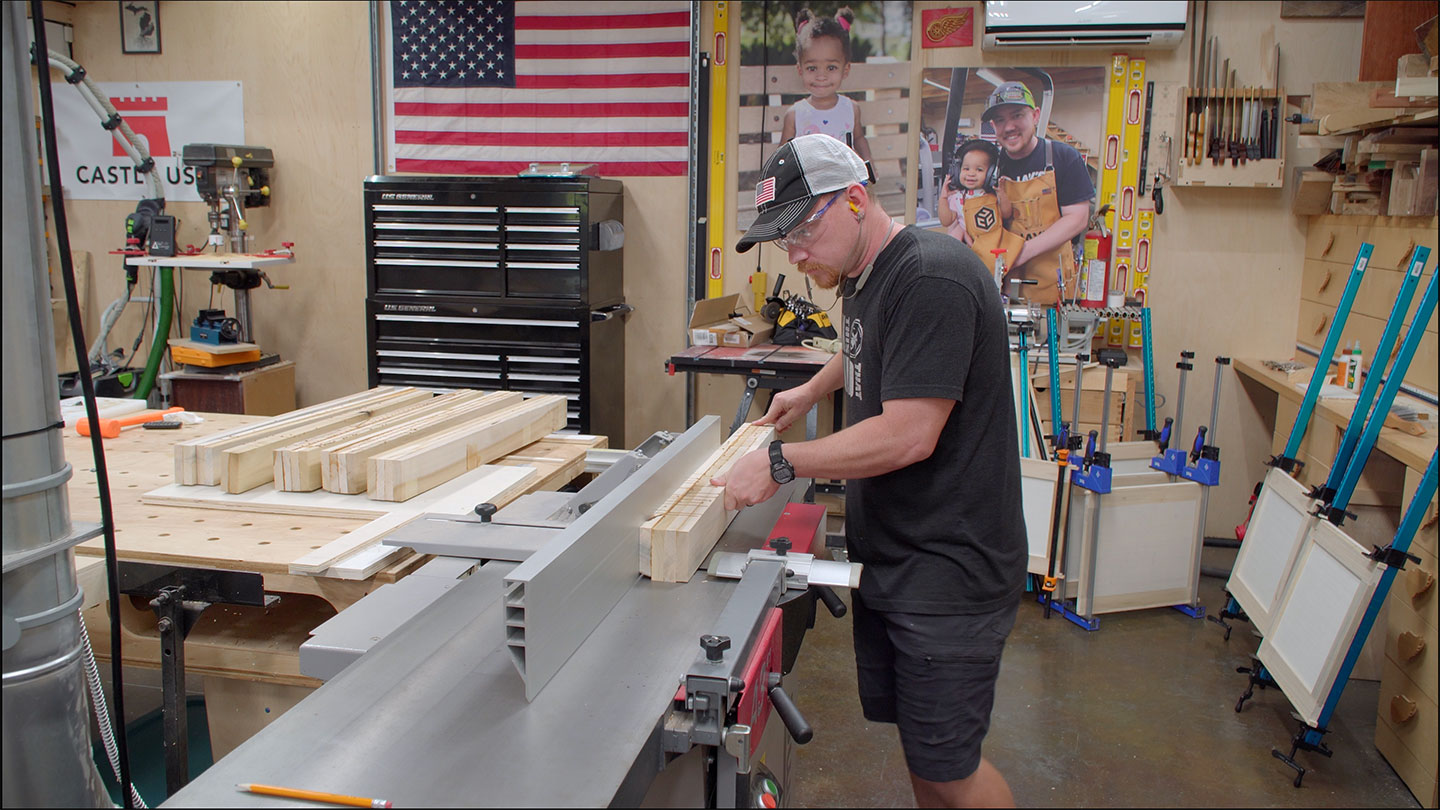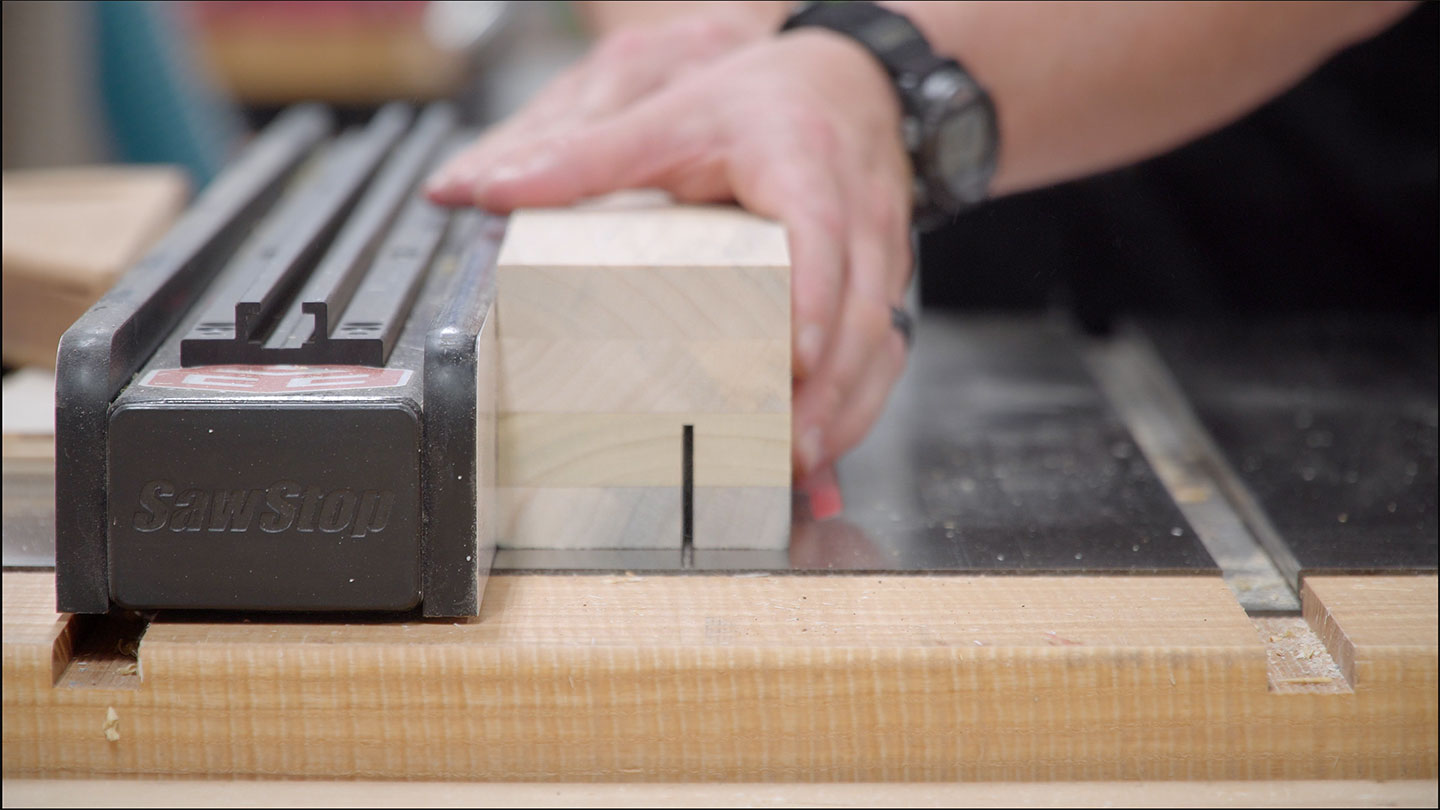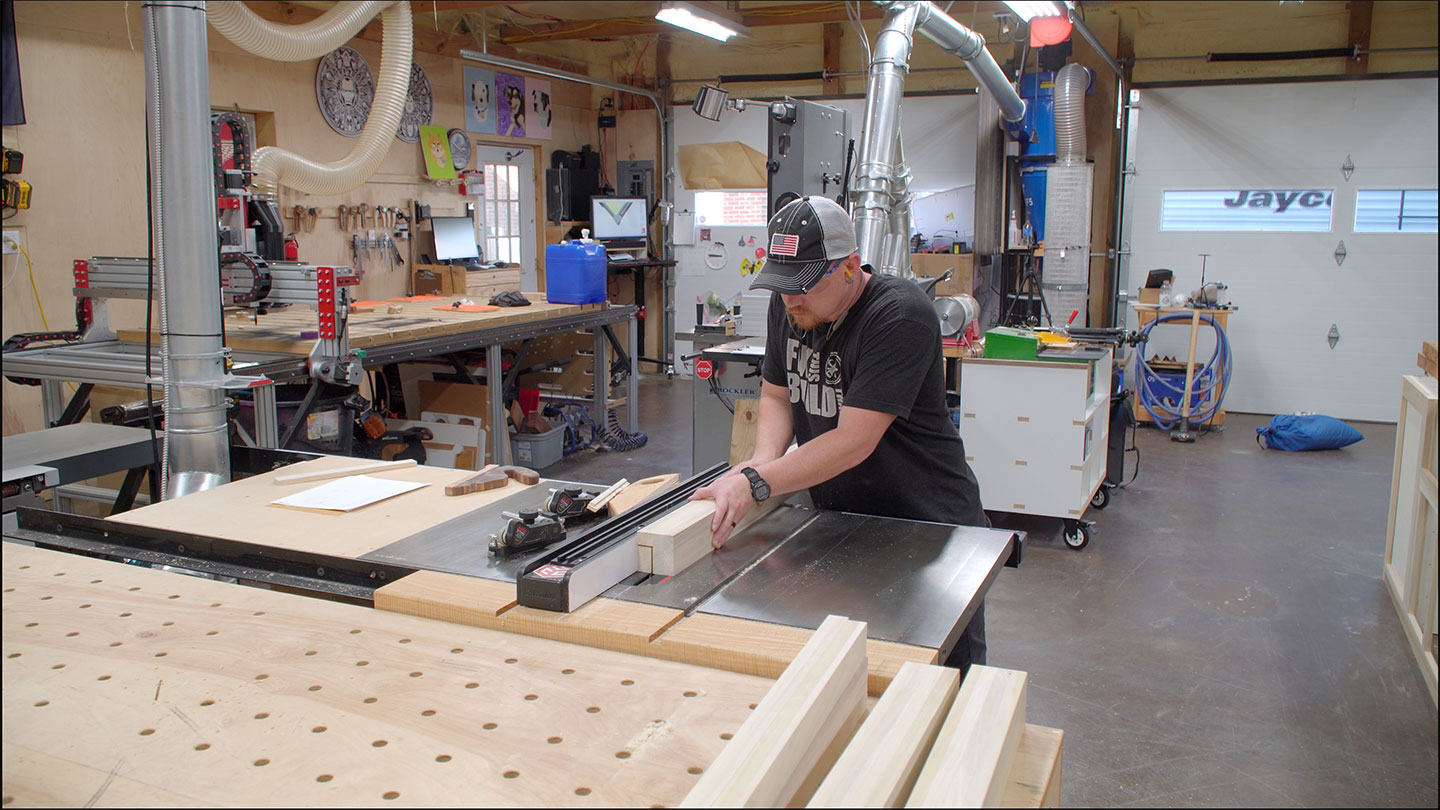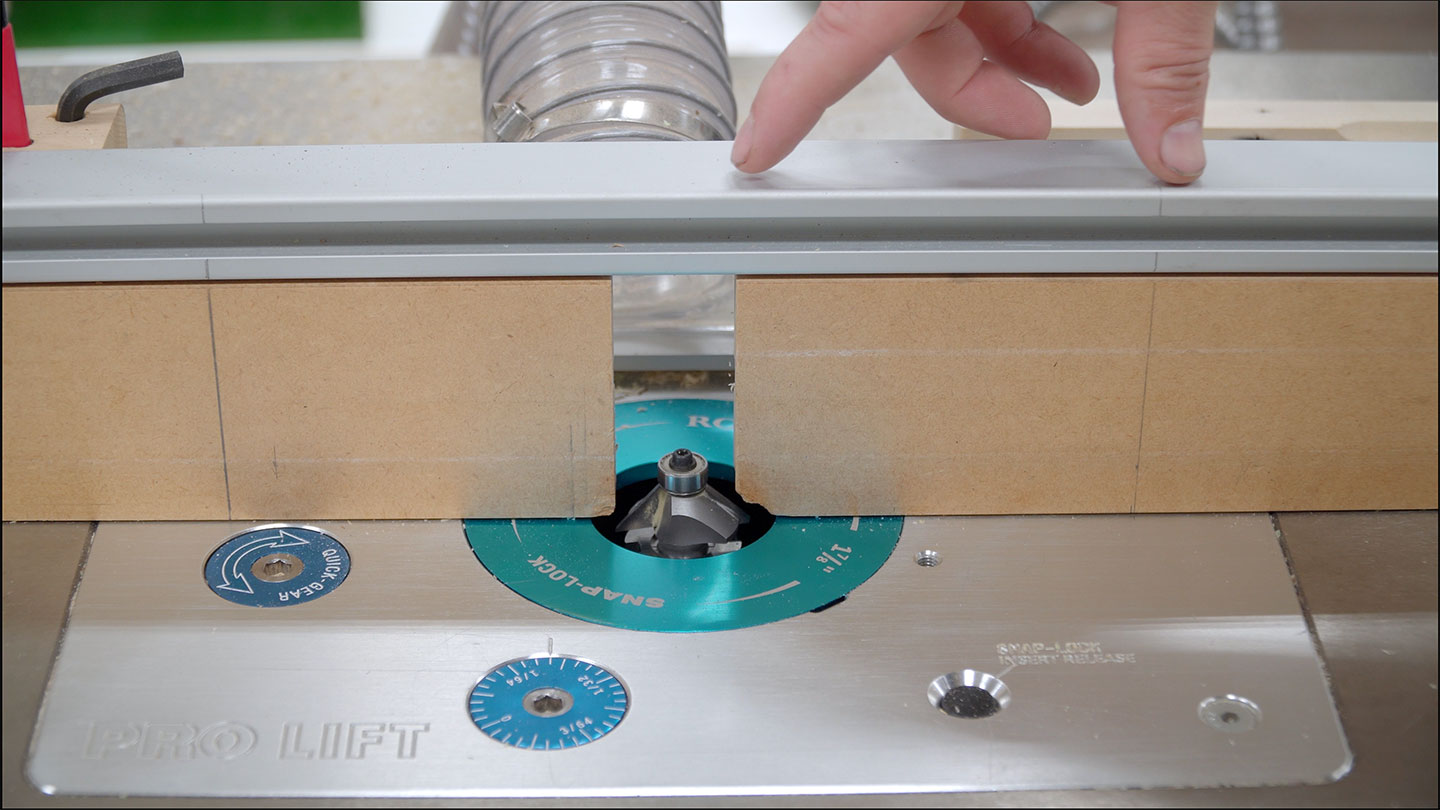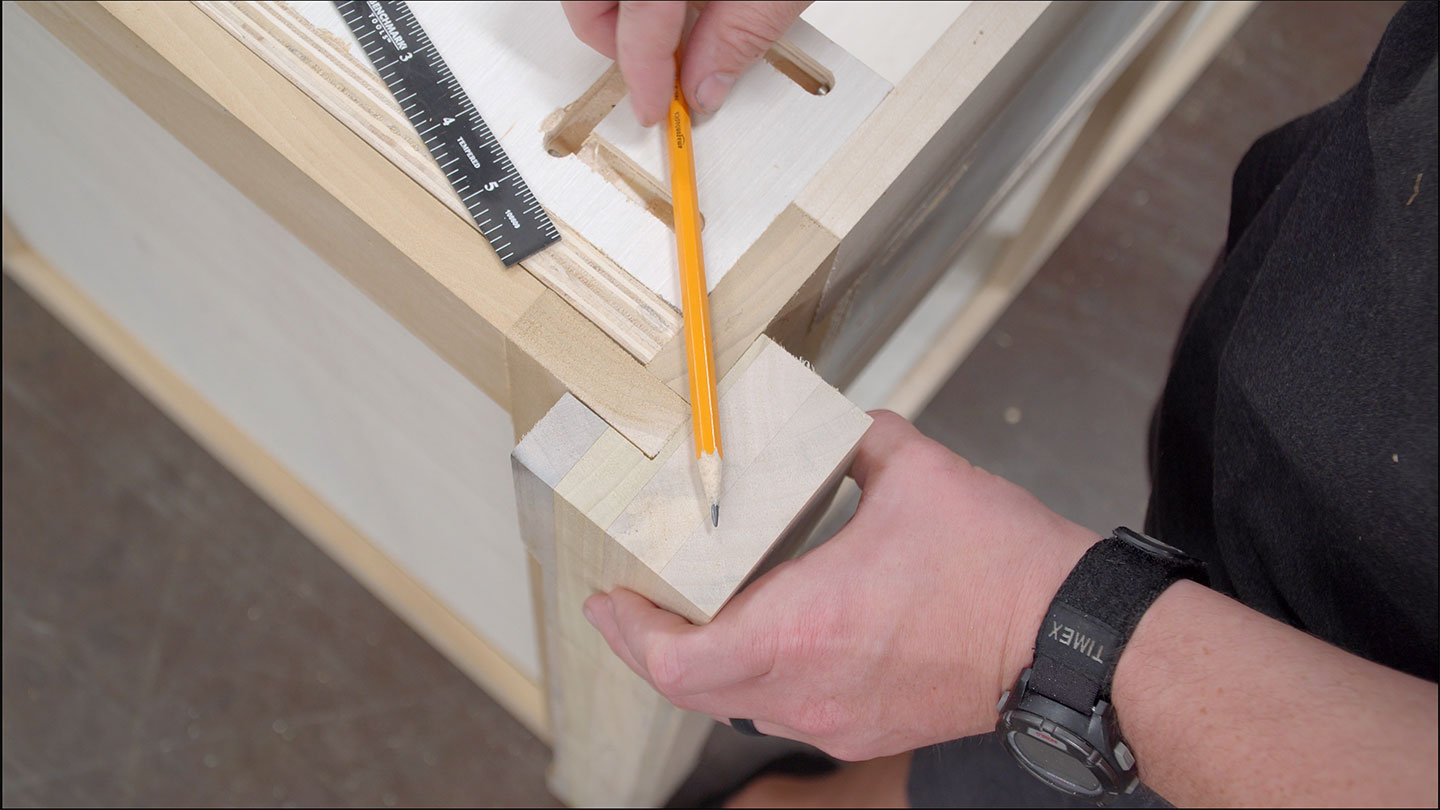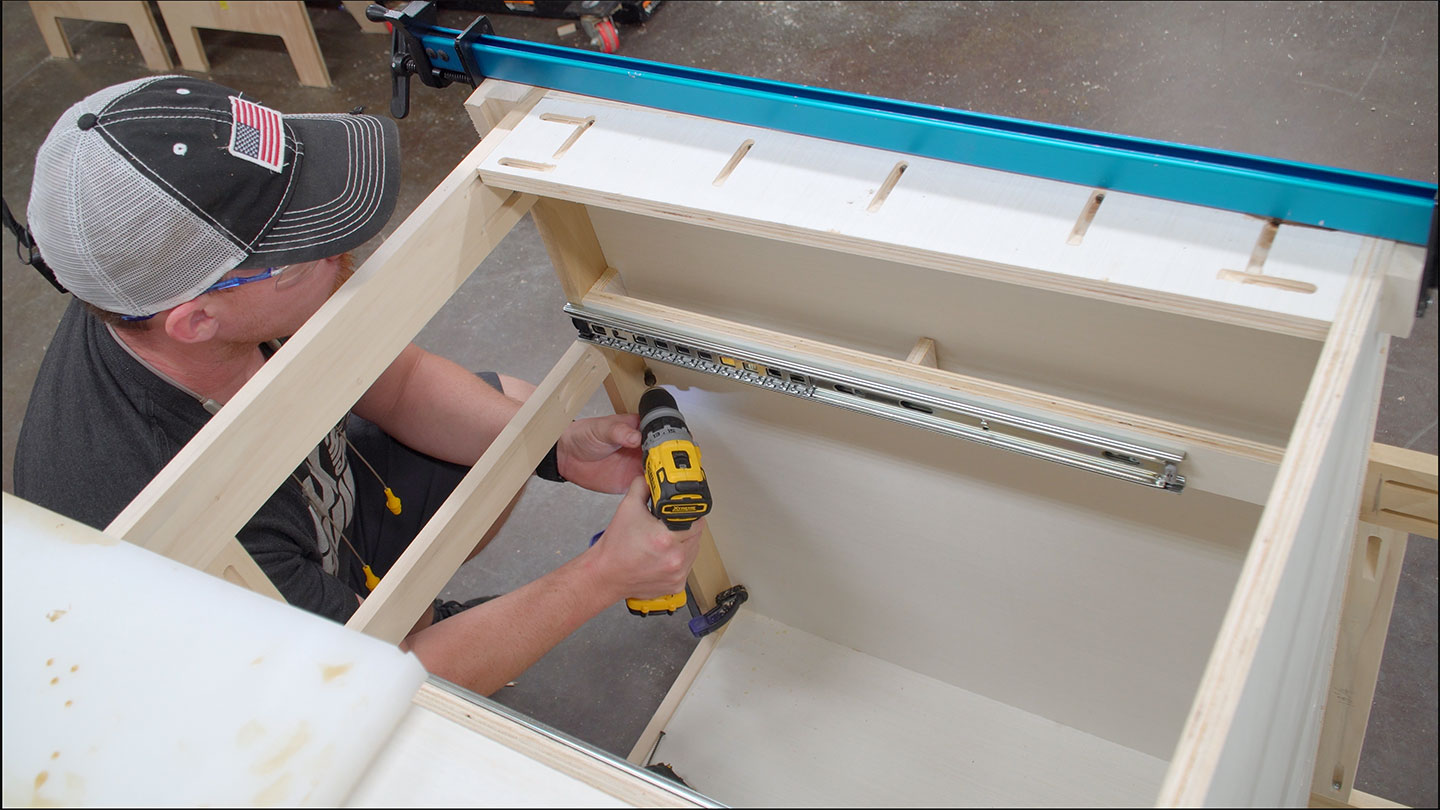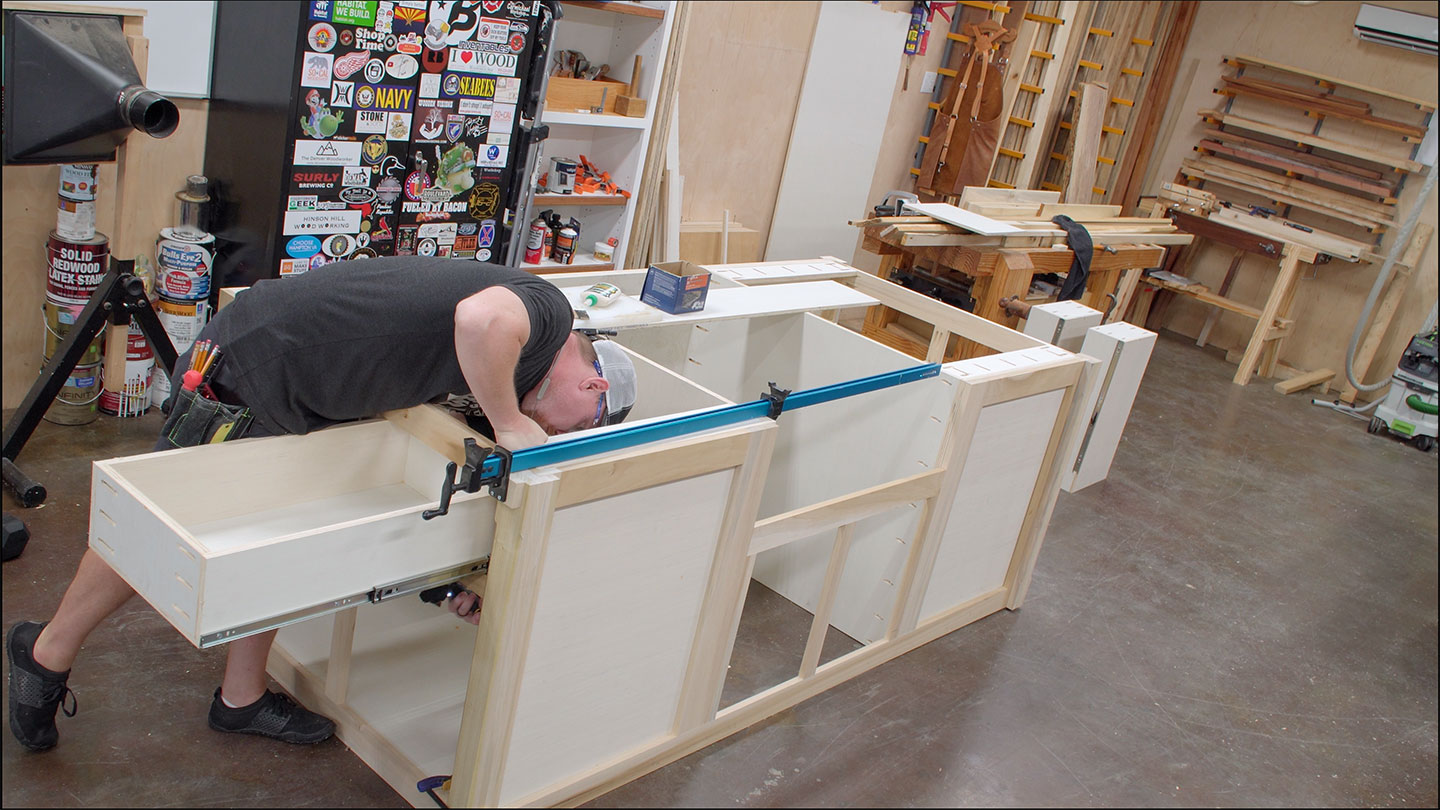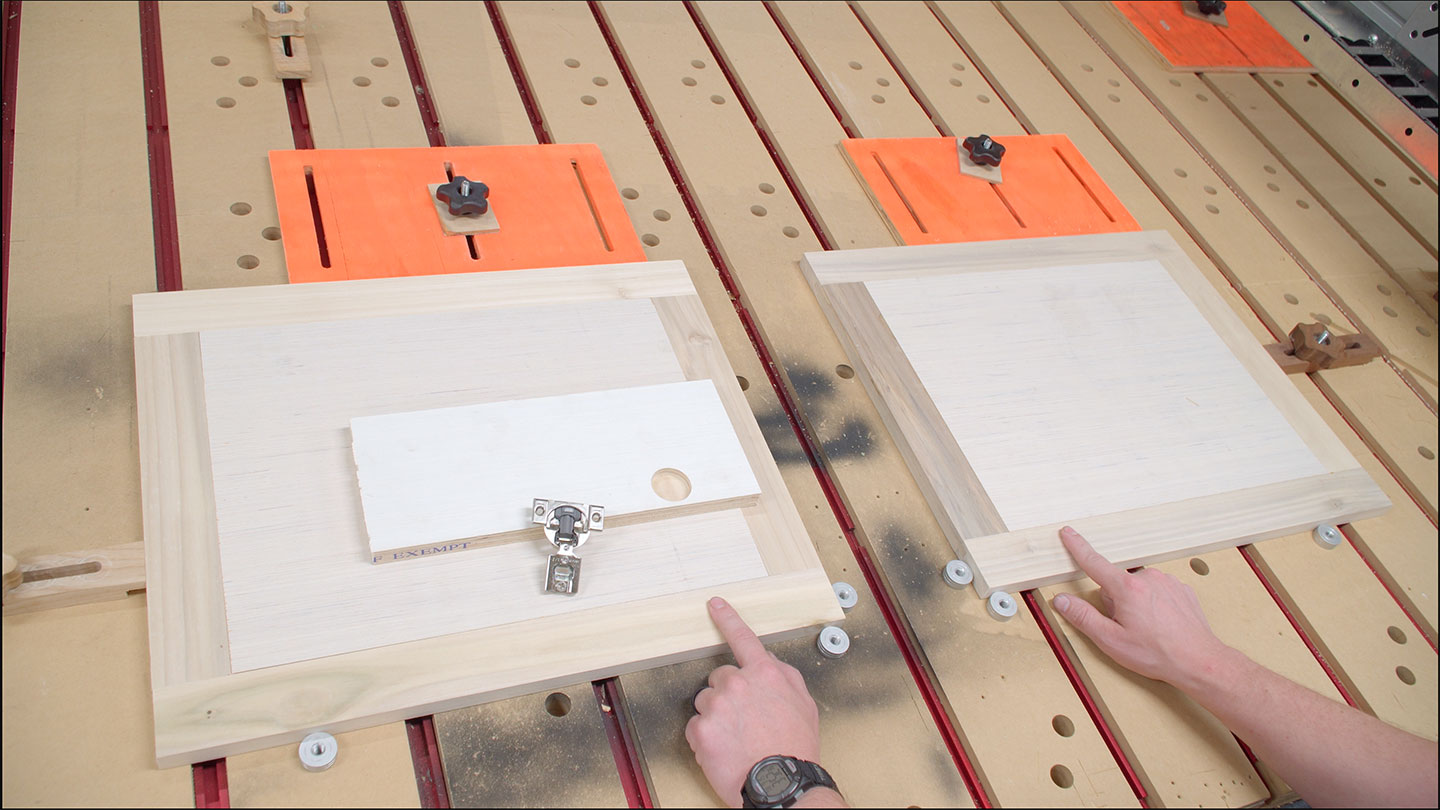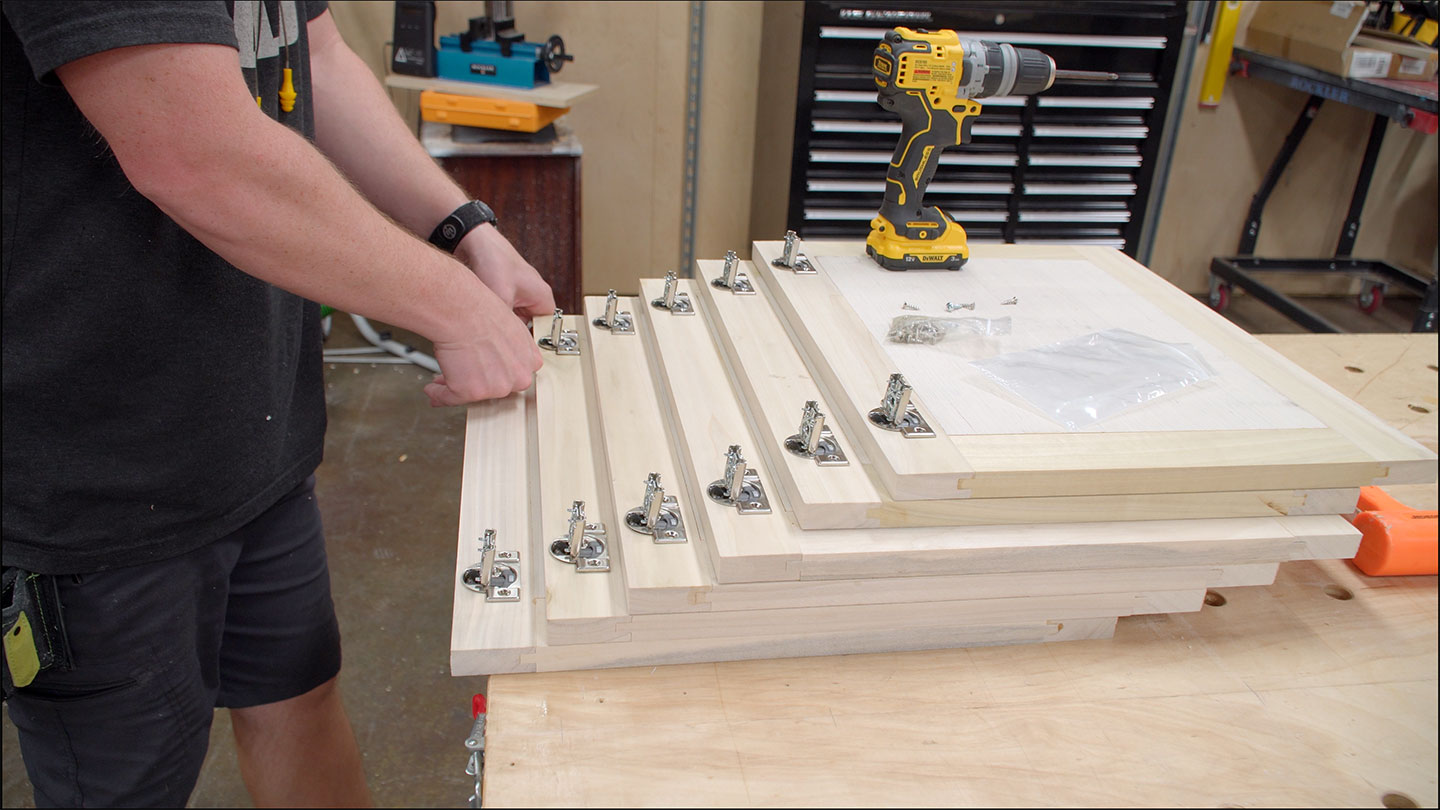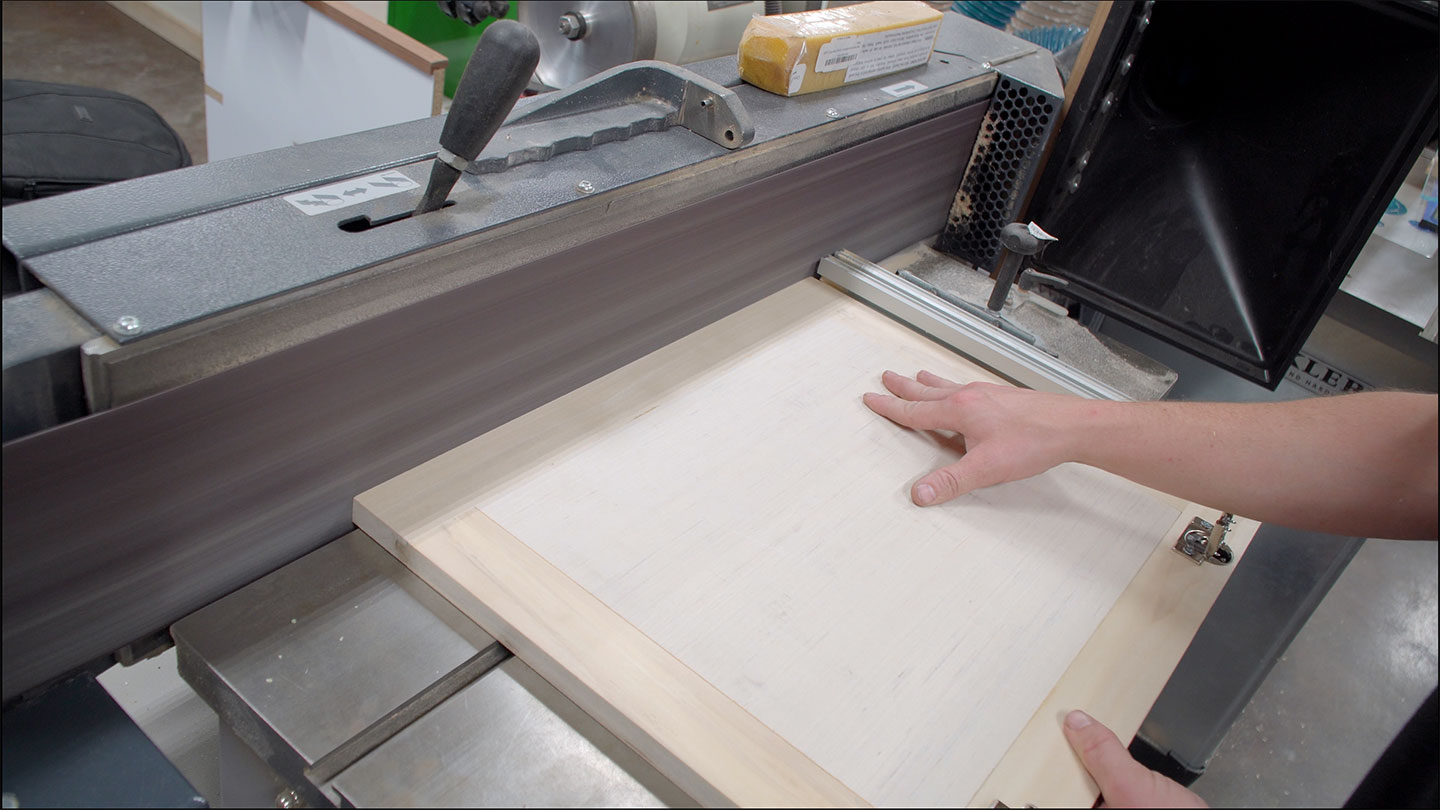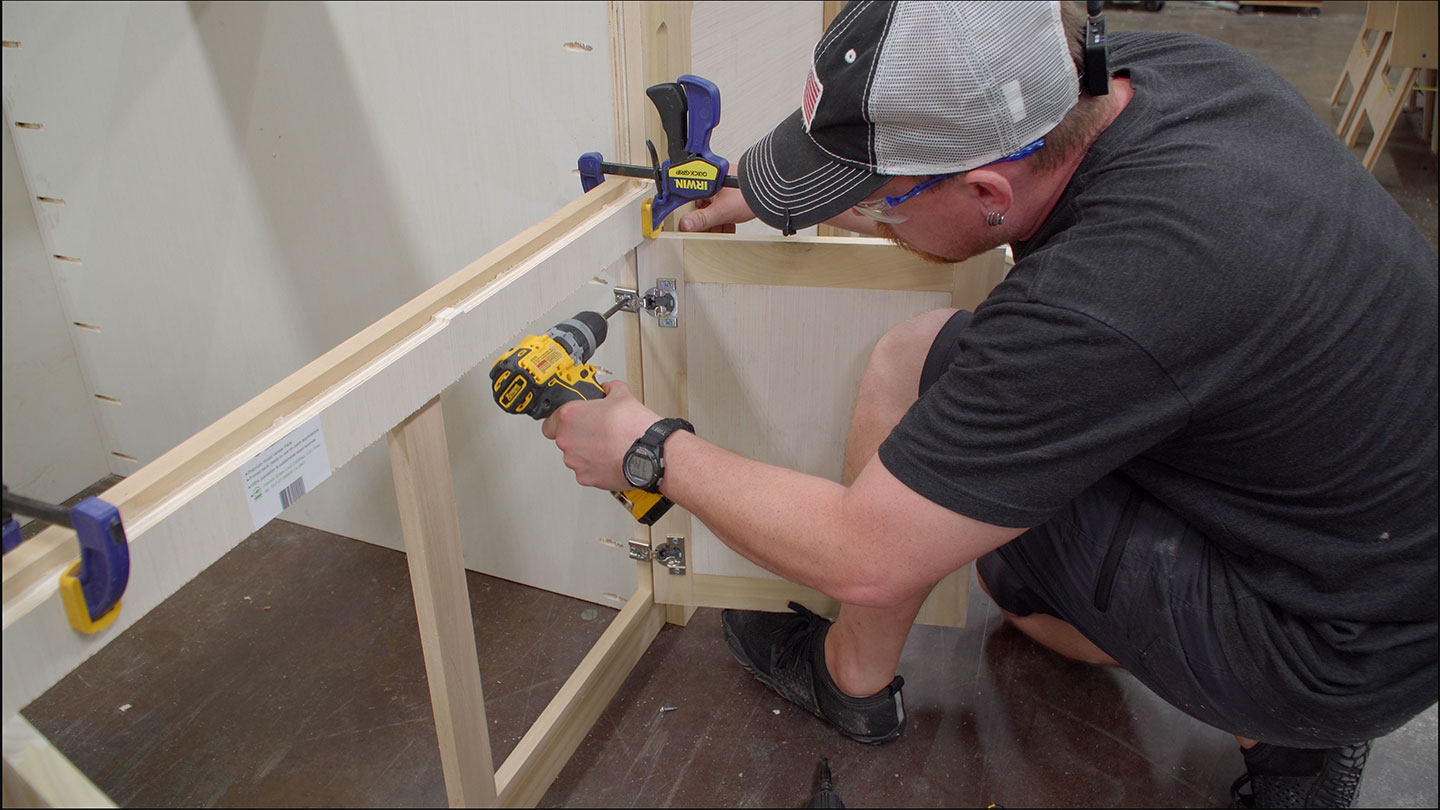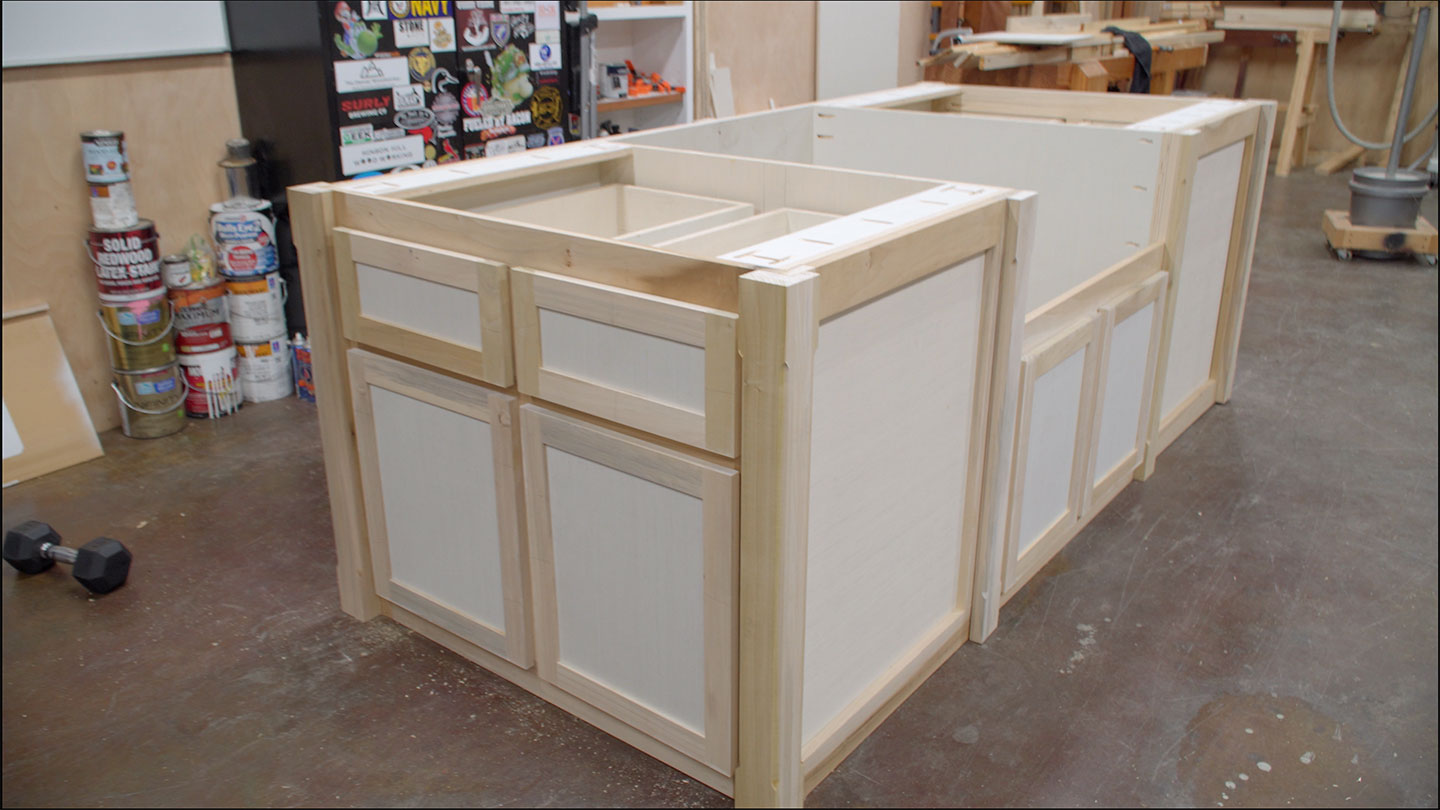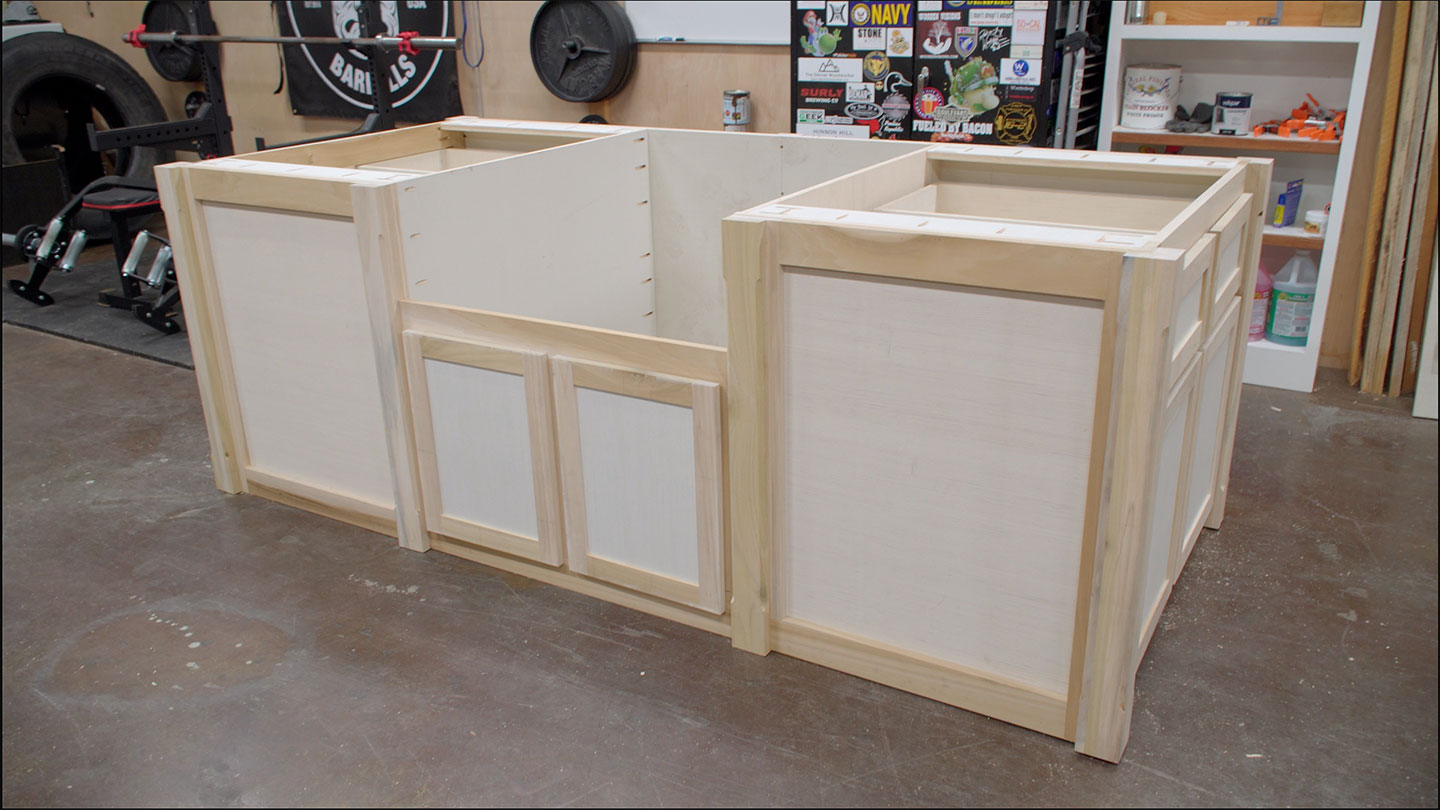
The next is excerpted from Dr. Jefferey Hill’s “Workshop Wound Care.” The e-book – the latest providing in our pocket e-book collection – delves proper to the center of what you want to understand when confronted with commonplace workshop accidents, from lacerations, to puncture wounds to subject material within the eye. Dr. Hill is an emergency room doctor and an lively woodworker. So he is aware of precisely the ideas a woodworker wishes to understand in the case of accidents. And he items data in some way {that a} non-medical skilled can simply comprehend it.
The preliminary steps of wound care are seriously essential to making an atmosphere that promotes therapeutic with a handy guide a rough go back to standard serve as and (if it’s a priority of yours) just right beauty results. As we lined in Bankruptcy 4, Wound Therapeutic Primer, there are a selection of things that may impact the therapeutic procedure.
Wounds that heal smartly have minimum tissue injury, don’t get inflamed and feature tissue layers that line up smartly. The volume of tissue injury is, usually talking, a serve as of the best way the harm took place (overwhelm accidents imply extra tissue destruction versus lacerations, that have minimum destruction except the severed tissue layers). Now and again, on the other hand, movements taken early within the wound care procedure can irritate one of the crucial current tissue injury, or, within the very least, can combat towards developing the optimum therapeutic atmosphere.
Preventing ongoing bleeding is obviously step one in addressing a contemporary wound. However assuming the wound is small-ish and the bleeding isn’t serious sufficient to steered you to hunt care at your native pressing care or emergency division, your subsequent steps must be eager about cleansing the wound to forestall an infection.
In fighting wound infections, the single-most essential step is thorough irrigation of the wound. Even a sell off truck stuffed with antibiotics received’t save you an an infection in a infected wound that wasn’t wiped clean. Why? Exponential enlargement is the rationale. A function of exponential enlargement is that issues appear positive till they aren’t and when issues get dangerous, they get dangerous briefly (see the worldwide COVID-19 pandemic).
Staphylococcus aureus, some of the extra commonplace micro organism in your pores and skin and a widespread reason for wound infections, has a doubling time of about 90 mins. So two micro organism transform 4 in 90 mins, 4 turns into 8 in 3 hours, 8 turns into 16 in four-and-a-half hours, 16 turns into 256 in six hours. No longer too dangerous, in truth. Through 24 hours you’re as much as greater than 130,000 micro organism within the wound. However, let’s say as a substitute of beginning with a wound with handiest two micro organism, you get started in a wound that has 100 micro organism. This time, through 6 hours you’re at 1,600 micro organism. Through 12 hours, 25,600. And through 24 hours, greater than 6.5 million micro organism are within the wound.
Antibiotics are nice and all, however by the point you get them prescribed, stuffed on the pharmacy, into your abdomen, to the bloodstream and out to the wound, they’d be greeted through a mass of masses of hundreds to hundreds of thousands of micro organism.
This isn’t to mention that antibiotics don’t have a job in fighting wound infections. They do, and are prescribed in positive cases in line with the sorts of tissues injured, possibility of an infection and talent of the affected person to combat off infections. However, the single-most essential factor you’ll do to forestall a wound an infection is to wash the wound completely and reduce the micro organism mobile counts within the wound. Get that quantity sufficiently small, and the roving white blood cells that come to a therapeutic wound will normally be capable to handle issues.
‘Dilution is the Technique to Air pollution’
Micro organism in finding their means into wounds in a variety of tactics. First, needless to say micro organism are actually all over. They’re on you, your pores and skin, your chisel, your desk noticed blade, that great piece of white oak that gave you a splinter when you have been seeking to rive out some leg inventory. All over. Micro organism can also be compelled out of your pores and skin right into a wound through the chisel or no matter else brought about your harm. They may be able to catch a journey on a tiny sliver of picket or steel. Or they may well be pressed into the wound as you attempt to cling a dirty rag to it making an attempt to stanch bleeding.
The purpose of irrigation is to rid the wound of as many micro organism and as a lot bacteria-laden detritus as conceivable. Because the outdated surgical maxim “dilution is the way to air pollution” suggests, the top means that that is completed is thru flowing a big quantity of water over and in the course of the wound. The surest solution to blank the wound of micro organism and any overseas our bodies is thru a mix of quantity and power.
The setup for this irrigation is proven within the picture [Above]. The splash guard is mainly a complicated 19-gauge blunt plastic needle with a protect to stay water from spraying all over when you irrigate the wound. The mix of the syringe and this splash guard ends up in a float of saline/water with pressures round 25 to 35 psi.
What About Faucet Water?
How a lot quantity is sufficient quantity? The overall rule of thumb is that wounds must be irrigated with 500ml to 1L of fluid. However in observe, the true purpose is to ensure the injuries are utterly freed from overseas our bodies. Wounds which can be blank in look to start with may escape with smaller volumes of irrigation relying on location, intensity of the wound and mechanism of damage.What About Faucet Water?The kind of irrigation simply described is essential for wounds which can be somewhat deep or relatively infected. Lots of the wounds you’ll maintain within the workshop might be somewhat small nicks, cuts and pores and skin tears. For those minor wounds, thorough irrigation with faucet water will do. Actually, there are a selection of research that display no distinction in an infection charges for wounds cleansed with faucet water vs. saline, even for higher wounds. This in fact assumes that the supply of the faucet water is blank – no longer actually a priority for many municipal water assets, however can be a worry in creating international locations or in underdeveloped and under-resourced wallet of the US.
The method for irrigating a wound with faucet water is moderately easy (if somewhat painful). Flip the faucet to lukewarm/frame temperature water (the ones newly uncovered nerve fibers might be exceedingly delicate to any stimuli). Let the water run over the wound for a number of mins. Re-evaluate the wound to peer if there may be any particles last. If there may be, you’ll attempt to irrigate once more, or attempt to irrigate with the power irrigation setup described above, in case you have a syringe with a dash guard. Then again, if the wound is that grimy you could desire a extra thorough irrigation in a healthcare surroundings.
Why no longer Hydrogen Peroxide, Iodine and so on.
Excluding water or saline, the one thing more that are supposed to be used to wash a wound is a light cleaning soap and perhaps a dilute iodine answer.
My enjoy whilst rising up in the US Midwest was once that each scrape, nick or lower must be wiped clean out with hydrogen peroxide each day till the wound healed. And why no longer? It bubbles like mad, stings somewhat and the wound appears a just right deal cleaner in a while.
There are a variety of issues of the usage of hydrogen peroxide to wash wounds. For starters, it does a significantly better process of killing purple blood cells than it does of killing micro organism. This can also be useful for wounds that experience a large number of dried, caked-on blood as can steadily occur with wounds in bushy spaces. It’s a long way much less useful in your same old wound. For wounds which can be a few days into therapeutic, hydrogen peroxide has been proven to split newly minted pores and skin cells from the therapeutic tissue on the base of wounds. And, in experimental prerequisites, hydrogen peroxide has been proven to lengthen wound therapeutic. In the event you do select to make use of hydrogen peroxide to wash dried blood off, be in a position for some warmth. The chemical degradation of hydrogen peroxide to water and oxygen is exothermic (it provides off warmth). It’s no longer sufficient to reason any thermal burns to the realm, however it’s moderately noticeable.
Iodine is incessantly used to wash wounds and does have some benefits over saline irrigation by myself in some scenarios. Iodine is offered in two formulations: an answer and a scrub. The scrub was once designed to be used on intact pores and skin and for cleansing the outside floor previous to surgical procedure. The detergent blended into the scrub is poisonous to tissues and shouldn’t be utilized in open wounds. Iodine answer is normally offered at a ten p.c focus. When it’s diluted to lower than 1 p.c, it’s secure to be used in open wounds and has superb antibacterial, anti-viral and anti-fungal job. Within the emergency division, iodine-diluted answers are normally used for irrigating wounds at top possibility of an infection (in line with mechanism, contamination, location).

Chlorhexadine is a surgical scrub cleaning soap that also is extensively to be had. It was once additionally designed to be used essentially with intact pores and skin. In case you have had an non-compulsory surgical procedure you’ll have been prompt to bathe with it for a number of days/weeks previous to the surgical procedure. The reason is that it builds up at the pores and skin floor and has potent anti-bacterial houses (nice for lowering the chance of surgical website an infection). It additionally has a detergent that may be poisonous to the tissues in open wounds so its use in wound irrigation is discouraged.
Soaps paintings through liquefying fat and oils, making them soluble in water and in a position to be over excited through operating water. As a result of bacterial mobile partitions are made from fats, cleaning soap is in a position to dissolve a few of these mobile membranes, killing the micro organism. Commercially to be had soaps are all usually moderately delicate of their fat-busting houses (they’re relatively delicate detergents) which means that they must no longer be specifically poisonous to open wounds.
Placing all of it in combination, how must you blank your wound?
First check up on the wound. Massive, gaping wounds or wounds that experience a large number of particles in them will most probably wish to be wiped clean and repaired in a healthcare surroundings. Some preliminary irrigation of those wounds with operating faucet water might can help you triage the wound and might assist evenly blank it in preparation for a extra thorough cleansing through a scientific skilled. After you irrigate beneath operating faucet water, duvet the wound with sterile gauze that has been dampened with sterile saline and head in your native scientific facility.
Smaller wounds, scrapes and evenly infected wounds that you are feeling can also be handled at house must be first evenly wiped clean with cleaning soap and water. Then permit lukewarm faucet water to run over the wound for a number of mins till apparently to be blank in your eye and no particles stays. In the event you nonetheless see some particles, you’ll attempt to use the aerosolized saline wound washes which can be to be had to your native drugstore. It’s no longer transparent how the pressures generated through those merchandise examine to the power irrigation setup used to your native emergency division. As a common rule of thumb, if the wound nonetheless seems grimy, then you definately’ll want extra competitive cleansing through a healthcare skilled and must search care.
Do notice that oftentimes the method of cleansing and irrigating the wound might reason it to begin bleeding (you’ll have washed away the blood clots that stopped any earlier bleeding). That’s OK. After getting completed cleansing the wound, you must be capable to prevent the bleeding once more with a mix of direct power and perhaps a power dressing.
After the wound is wiped clean completely and the bleeding has been stopped, you’re directly to dressing the wound to stay it blank and advertise therapeutic.
